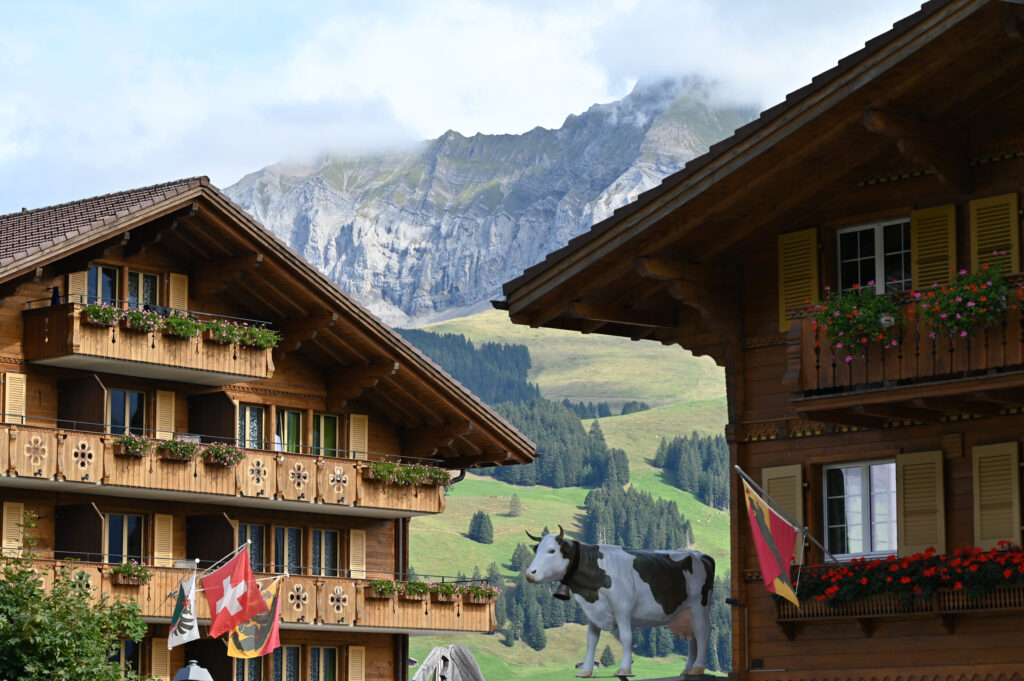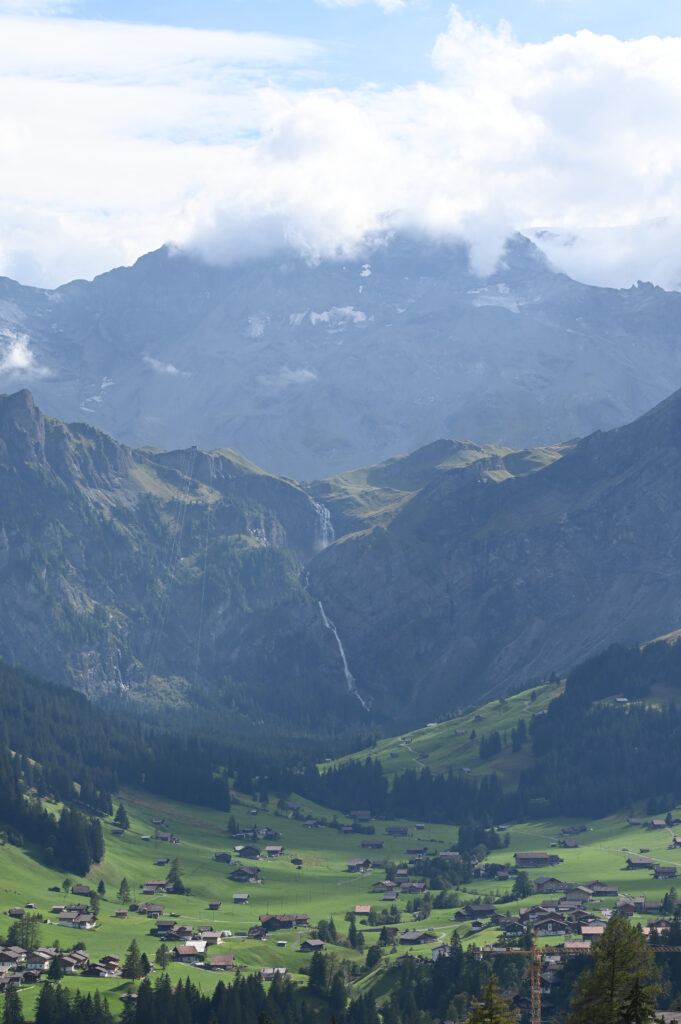From September 20 to 22 2023, the team’s lab retreat took place in Adelboden in Switzerland.

The members of the meta-morphosis team were all present (Anne-Claire Fabre, Vivien Louppe, Isabelle Toussaint and Morgane Fournier). Collaborators were also invited to the trip:
– Julien Clavel is co-supervisor on Morgane Fournier’s PhD project. He is a CNRS researcher at the University Lyon 1 (France) and is interested in understanding the consequences of taxonomic and phenotypic diversity of interactions between species, as well as their interactions with their environments on the evolution.
– Anais Duhamel is PhD student at the University Lyon 1 (France), co-supervised by Julien Clavel and Anne-Claire Fabre. Her project focuses on the evolution of migration in birds but is developing methods of interest for our project such as a new phylogenetically informed discriminant analysis.
– Sandro Studer is a master’s student at the University of Bern (Switzerland), supervised by Anne-Claire Fabre. His project focuses on the Amphicyonidae, also known as bear-dogs, an extinct group of carnivorous mammals.
– Ronald Bonett is researcher at the University of Tulsa in the United States. He is interested in the influence of life cycle mode on the genetic and morphological evolution of salamanders. During his visit, he gave a seminar on his research at the University of Bern.

It was the occasion to discuss about the project of each member of the team, but also to learn about guest projects.
For team building and better know each others, we went hiking and saw the wildlife of this beautiful area.

We saw black salamanders (Salamandra atra), also known as the alpine salamander!!!!

It is endemic to the Alps, living in rather damp environments, hidden under rocks, tree falls or in rock crevices. It does not require the presence of a watercourse; it is exclusively terrestrial. Indeed, all individuals of this species are pueriparous. In other words, embryonic and larval development takes place in the female’s uterus over a period of 2 to 4 years, before giving birth to metamorphosed juveniles!!!! Adult specimens can reach a size of 9 to 15 cm. Unlike the subspecies found in the southern Italian Alps (Salamandra atra aurorae, considered in danger of extinction), the one seen here (Salamandra atra atra) is entirely black and has no yellowish spots.


We also found larvae of alpine newt (Ichthyosaura alpestris)!!!


This newt has a large distribution in Europe.
This larva will metamorphose after several months, becoming then a terrestrial adult. At the adult stage, during the breeding season, the alpine newt returns to the water. Males and females are easily distinguishable, in particular thanks to the presence of a black and white spotted dorsal crest in the male. This type of life cycle where the adult change of morphology and habitat seasonally from a terrestrial phase to an aquatic one when adults return to water for breeding is referred as a triphasic life cycle. However, it is also possible to find paedomorphic alpine newts, which means that the metamorphosis between the larval and juvenile stages is not complete. The adult stage retains its larval characteristics as it grows, and therefore remains aquatic.
This lab retreat was an opportunity to learn about each other’s subjects, determine the next steps for the team’s projects, as well as observe some magnificent scenery and come across a few animals!

References:
amphibiaweb.org
Grossenbacher K. 2005. La Salamandre noire, Biologie et protection. Karch. 2p
Grossenbacher K. 1999. Le triton alpestre, Biologie et protection. Karch. 2p



